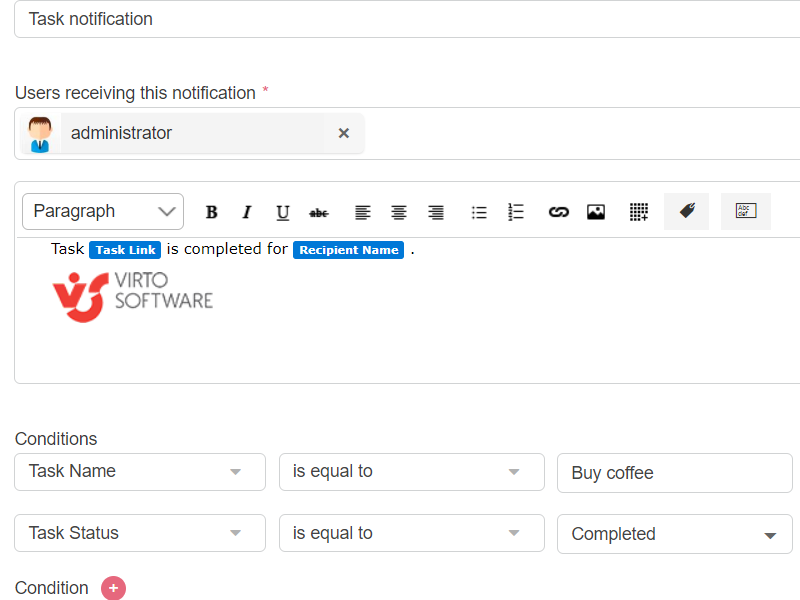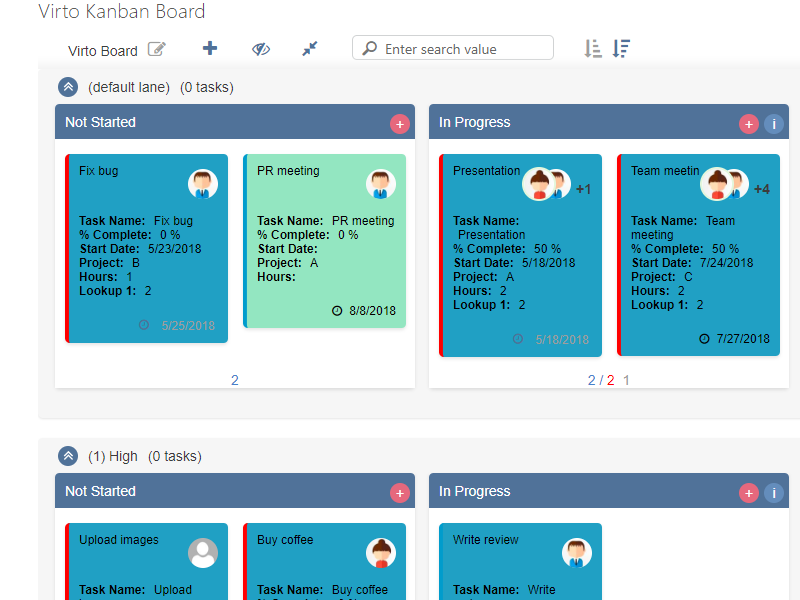SharePoint Kanban Board is an agile task management solution for Office 365 and SharePoint 2019, 2016, 2013, and 2010 intended to visualize and manage tasks in a Kanban board view. Using this component, you can show any Office 365 and SharePoint lists on a Kanban Board, also named Agile Board, where cards are divided into the columns usually depending on the status and show the tasks to be done. With this agile task process, managers can quickly reveal bottlenecks and blockers. Less time is spent sorting out how projects are coming along because of the visual method of monitoring the agile tasks.
Key features:
– Manage tasks between columns and swimlanes.
– Multiple SharePoint and Office 365 lists aggregation.
– Powerful set of task filters.
– Search and edit tasks right on the board.
– Color-coded body, condition markers, and tasks total count.
– User permissions, task watchers, and notifications.
– Statistic charts and diagrams.
SharePoint Kanban Board Web Part
Glenn M.
Advanced user of SharePoint Kanban Board Web Part
★★★★★
Good choice for teams looking for simple solution integrated with SharePoint
What do you like best?
Virto's Kanban Board is easy to learn, can get up to speed quickly on it. It integrates well with SharePoint tasks lists so you can do list editing, too. If you want to get creative, you can do things like create groups of subtasks, assign them to different Kanban projects, then use filtering to have multiple views of the project per team/user. Virto team is also excellent at responding to questions and using your feedback.
What do you dislike?
Sometimes a bit hard to drag cards to the right-most column on your board. Office profile photo doesn't always show when you assign a care to someone--you have to click on the card to make it come up. Integration with SharePoint is impaired a little bit because it's not really possible to add cards to specific task groups / subtask groups.
What problems are you solving with the product? What benefits have you realized?
We are using the Kanban Board to organize our strategic objectives across teams. It helps us keep focus and visibility on the most important items and track progress. It also helps us break items into manageable pieces and identify dependencies.
Review source: G2.com
















